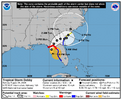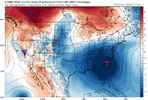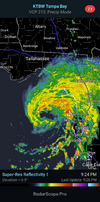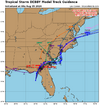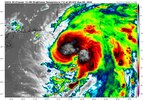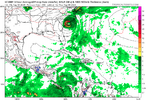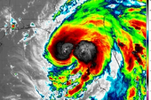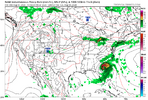Stormsfury
Member
The HWRF is run on the GFS background so not surprised it would show a similar outcome.18z HWRF
975 at landfall
982 into south GA.....spins there through Tuesday.
In previous runs, it never makes it to the Atlantic. Meanders back to AL, like the GFS.
Watching to see what this run does.
View attachment 149399
View attachment 149400

